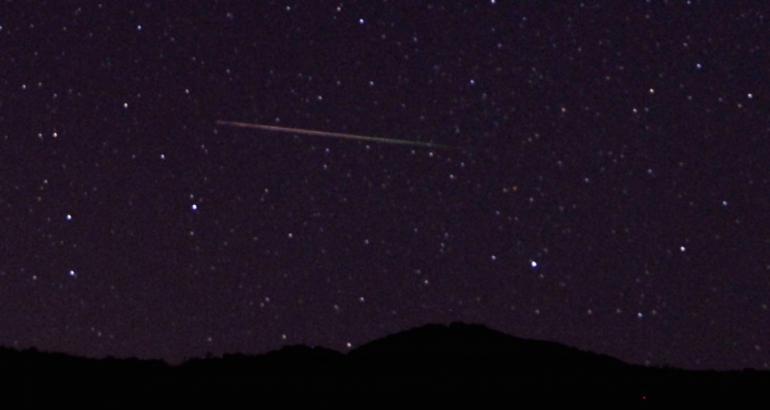Huge Meteor Shower to Light Up Skies This Week
The view will be best in the hours right before dawn, but you should have a good chance to catch the show all night from anywhere in the northern hemisphere.
The Perseids are made up of tiny fragments of comet hitting the Earth’s atmosphere – they collide with the atmosphere at high speed, which causes flashes of light when they break up. At their peak, the Perseids send about 60 to 100 meteors per hour in an irregular pattern.
A meteor shower can be seen when meteors burn and shine as they fall through the air.
The Perseids, stemming from the constellation Perseus, will be most visible in the northeastern sky, but meteors will shine throughout all parts of the sky. “The Perseids feature fast and bright meteors that frequently leave trains, and in 2015 there will be no moonlight to upstage the shower”. About the Perseid meteor shower Every year, Earth’s orbit around the Sun crosses a cloud of rocky debris left by Comet Swift-Tuttle, according to Gizmodo. Comet Swift-Tuttle is about 16 miles across and each time it makes its way to the inner solar system, it passes close to Earth, Business Insider wrote. Additionally, this year’s event is said to be one of the most ideal opportunity to view the event at its brightest.
But the best time to see it is this week – from August 11 to August 14.
Special equipment is not needed as the naked eye will be able to see the shower.
Meteors don’t come in any kind of pattern – so you may see several and then have a long wait. Stargazers in dark locations, away from the glow of streetlights and other light sources, have the best shot at seeing the most meteors.
To spot the shower, look for the constellation of Perseus in a northeast direction.








